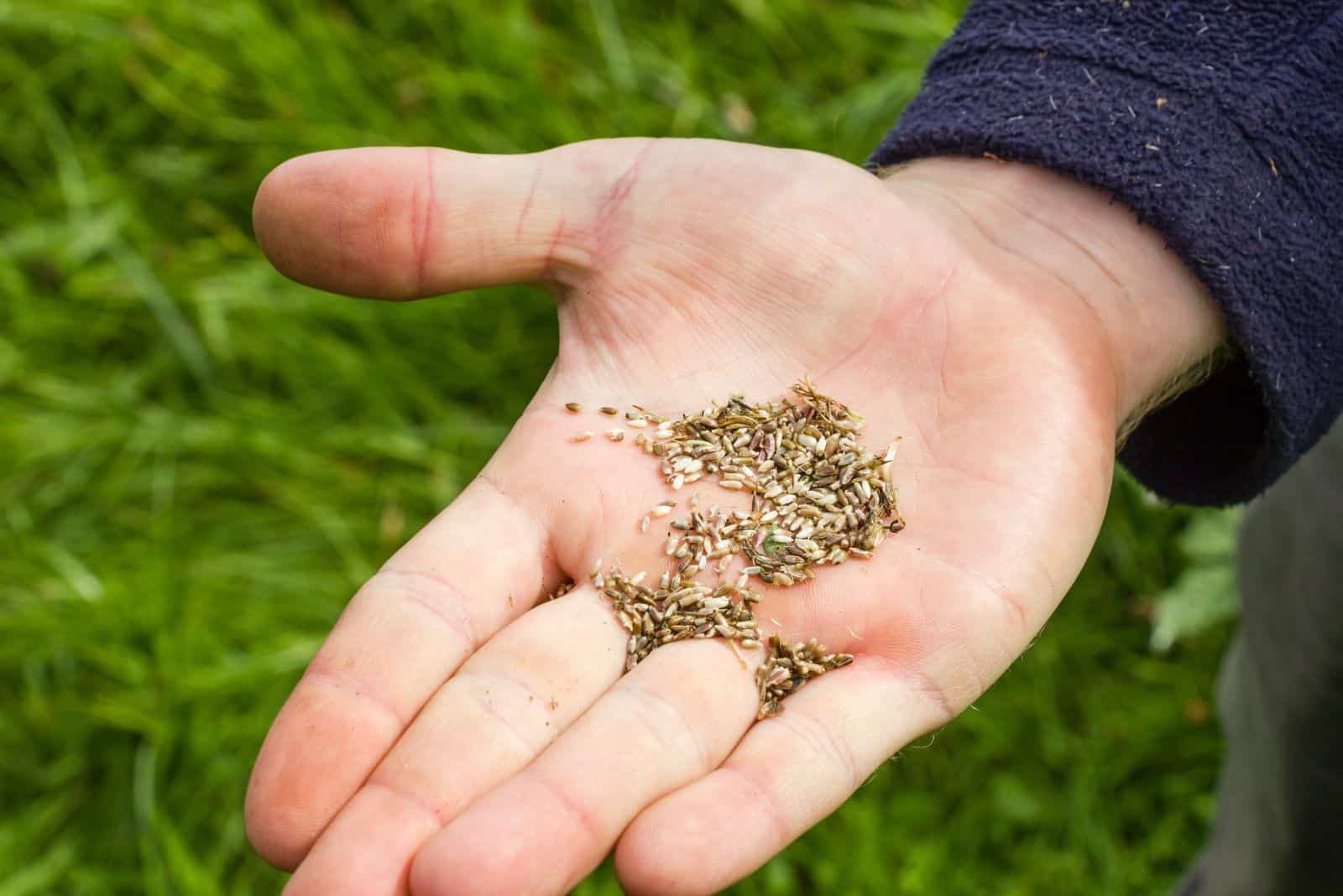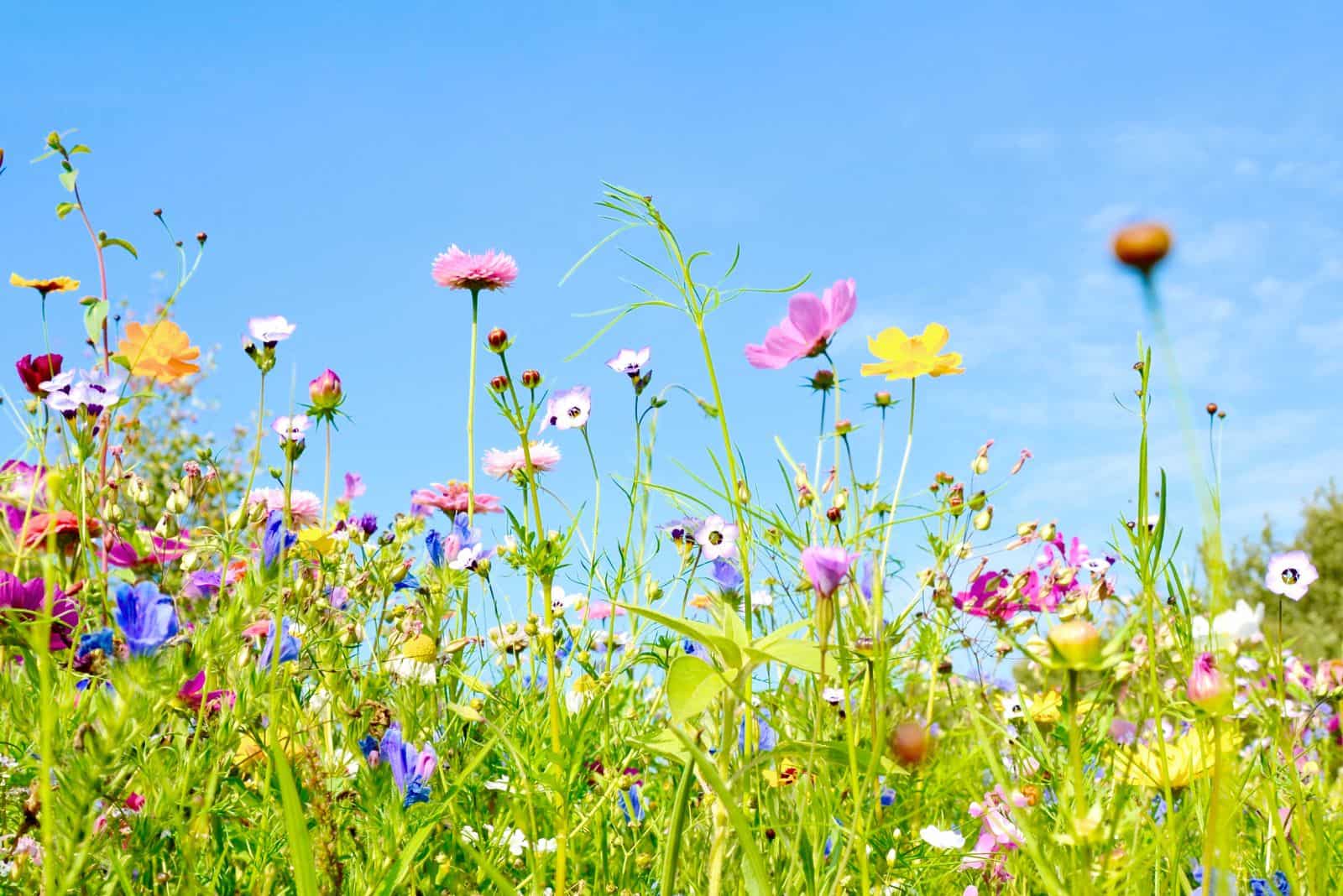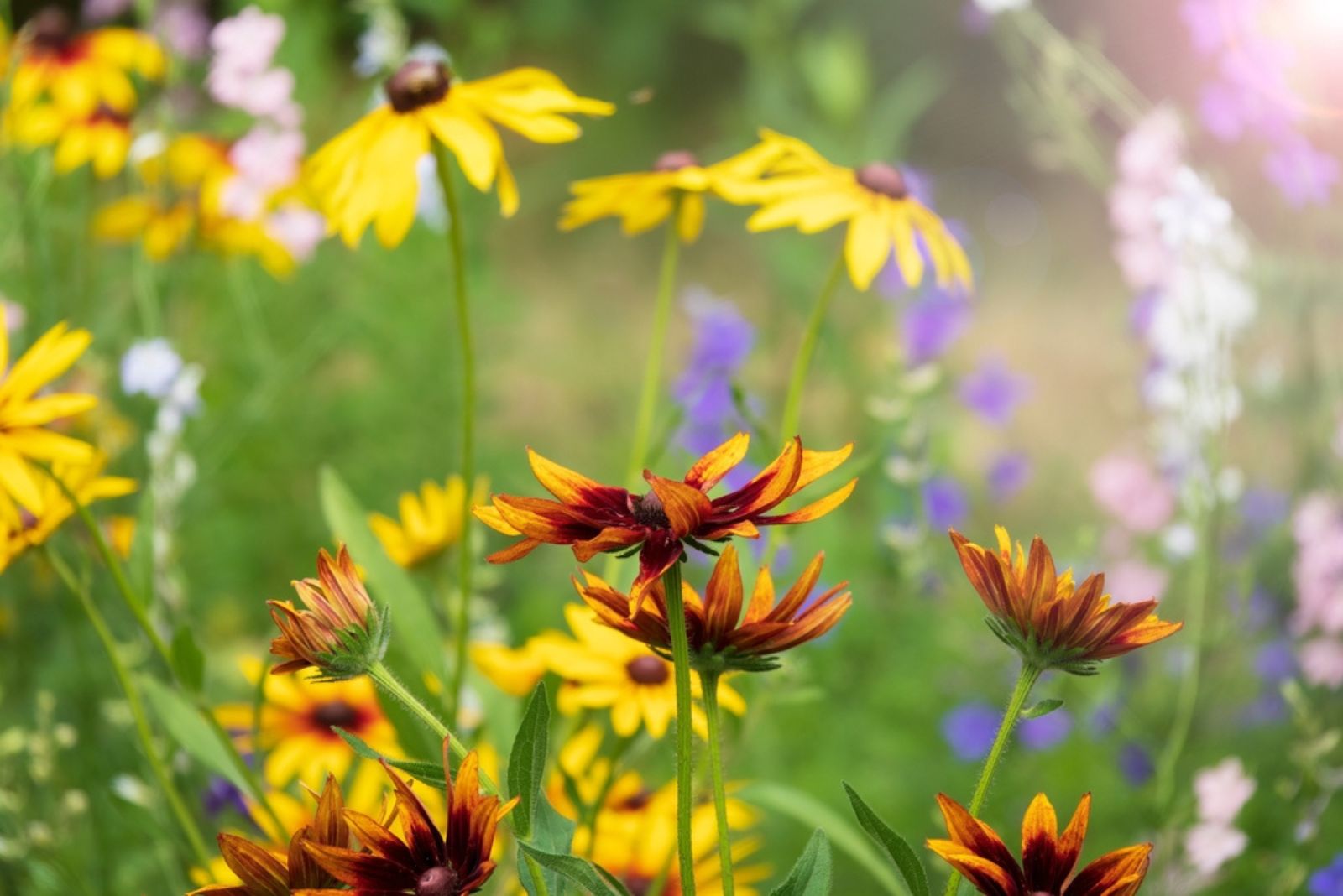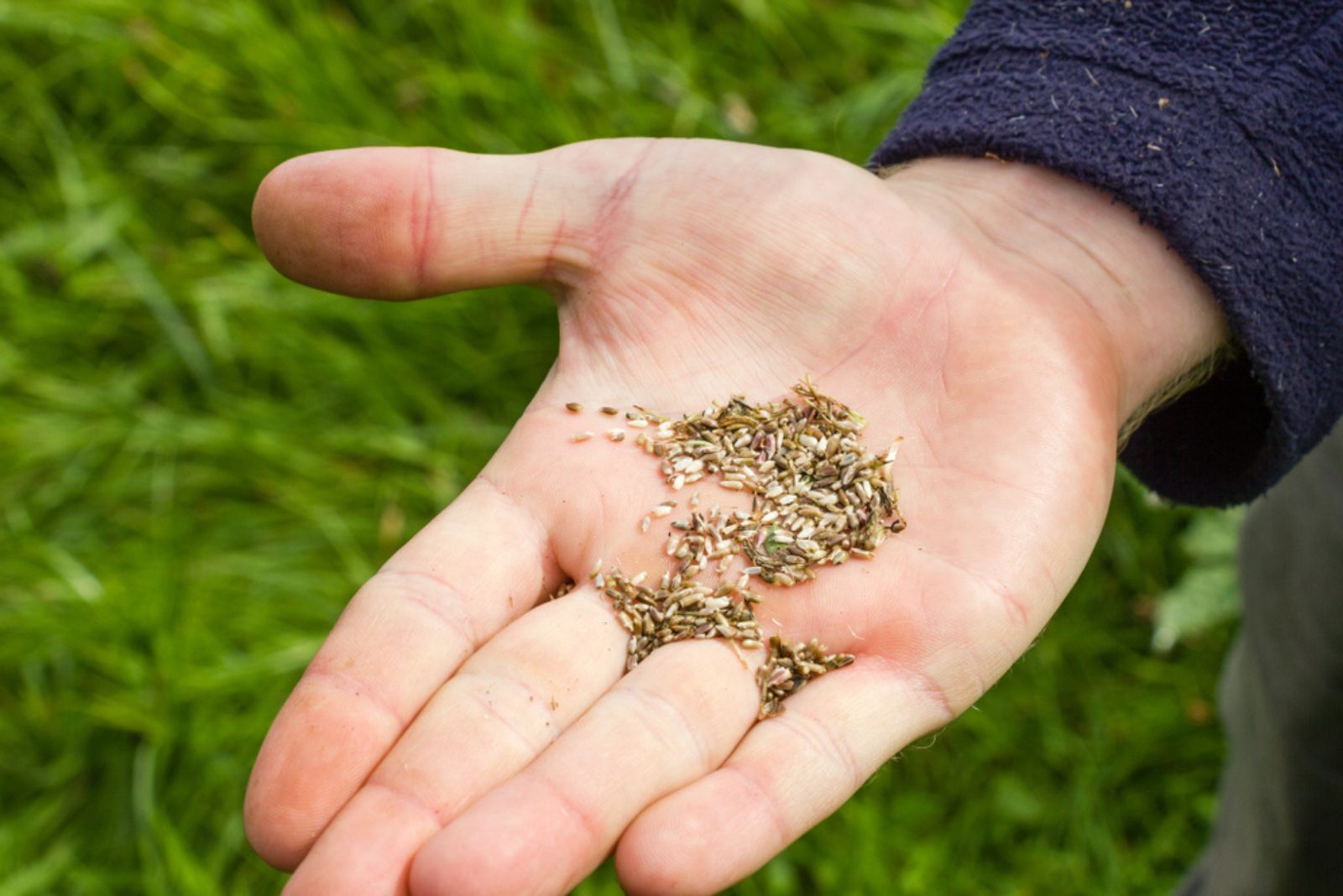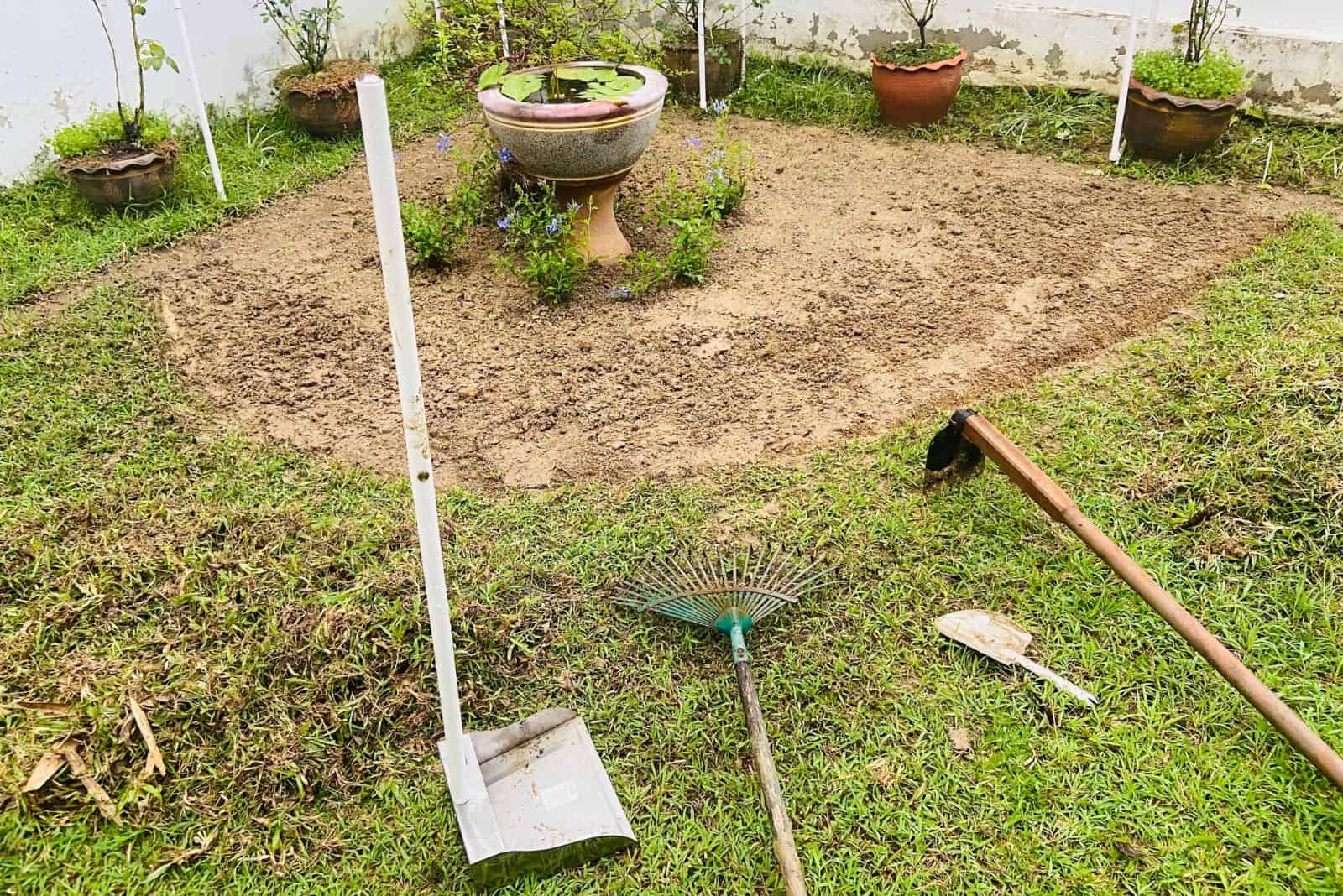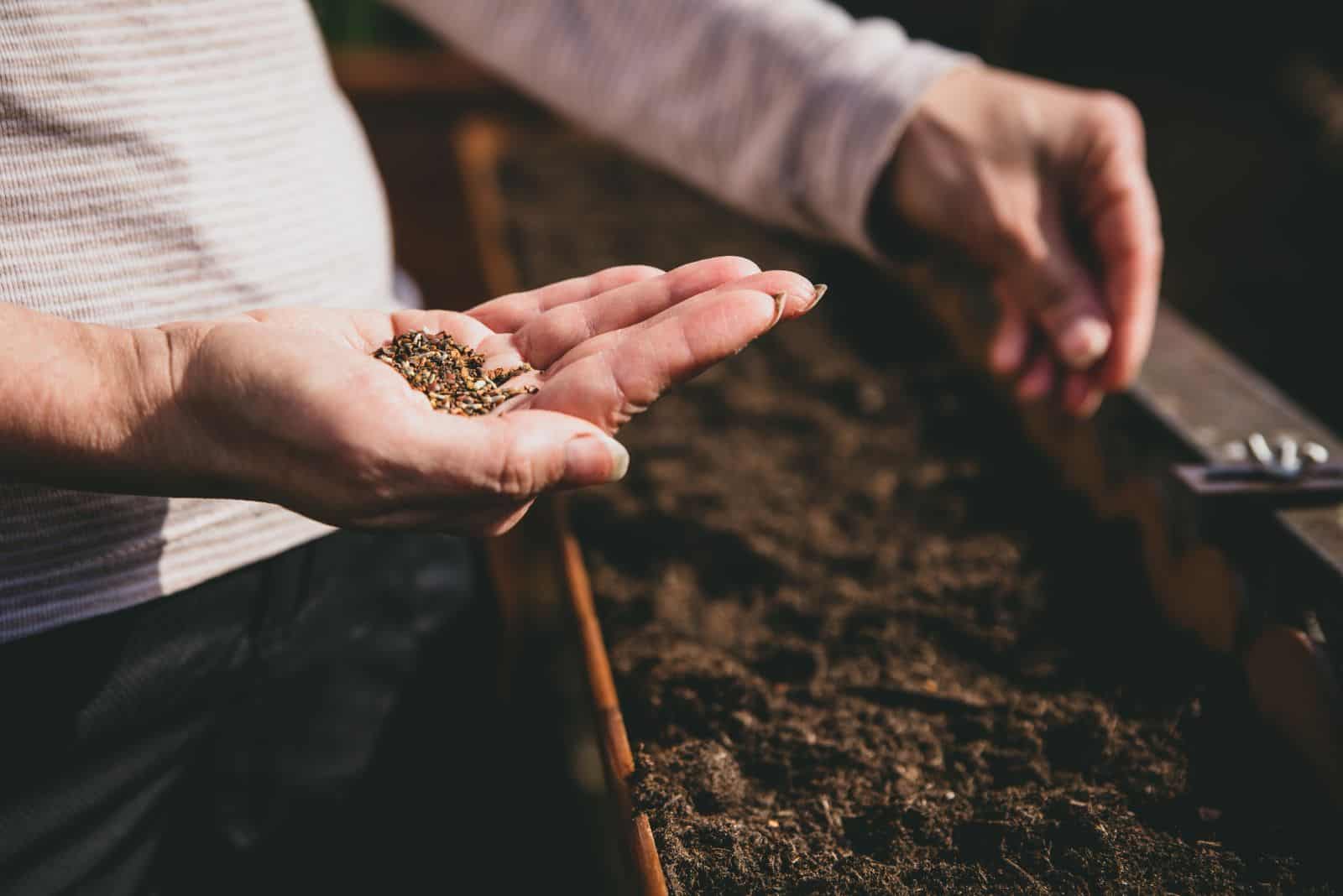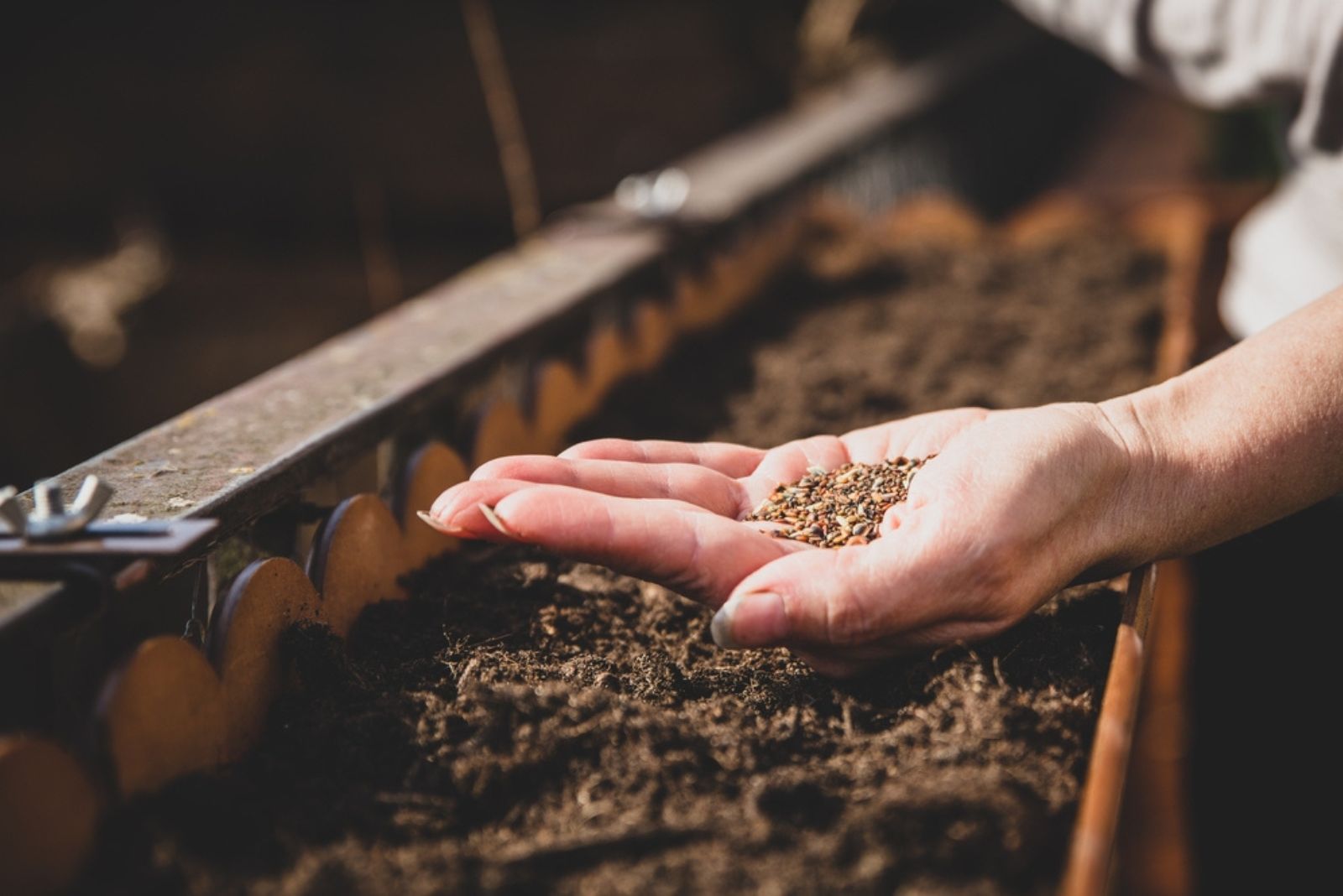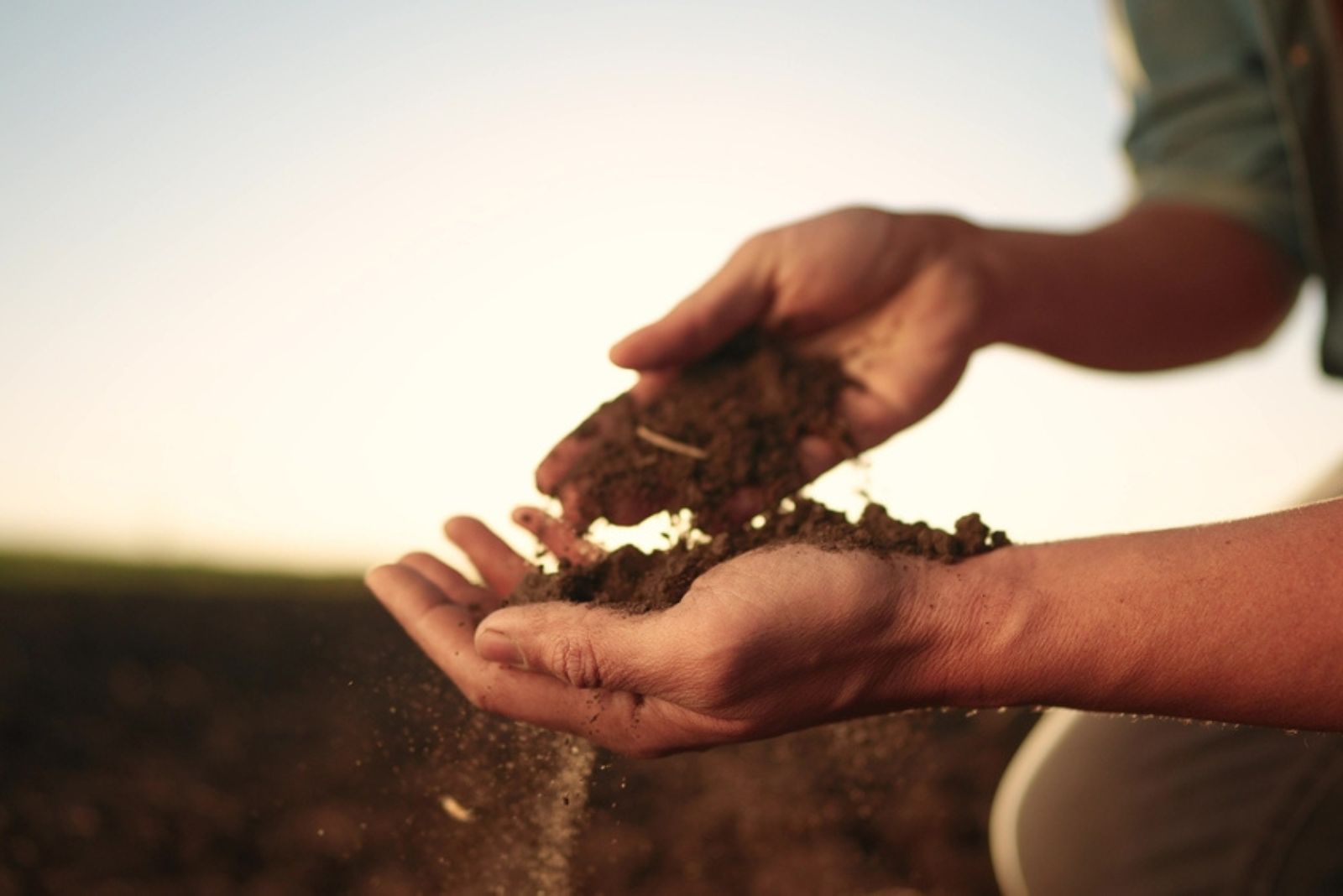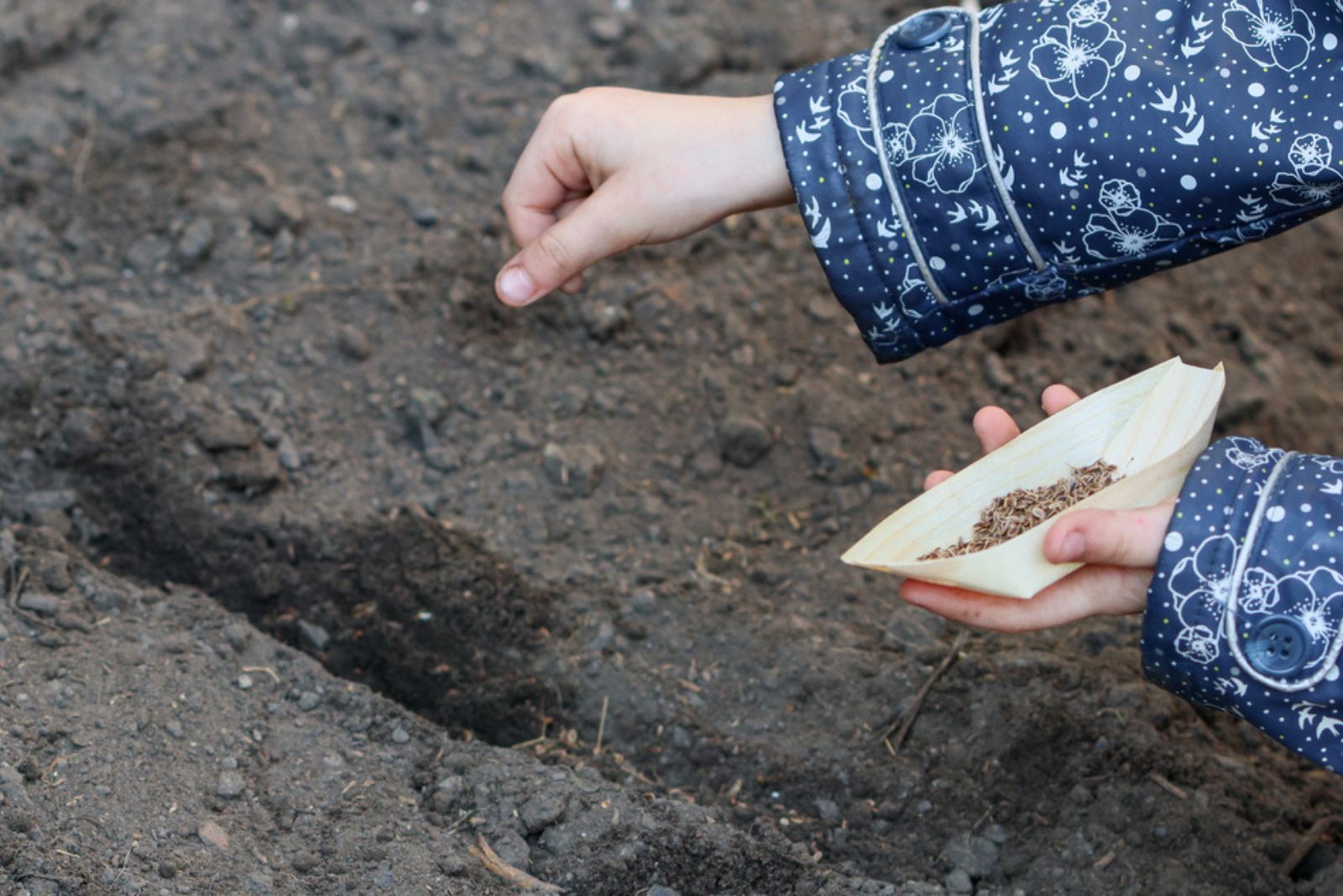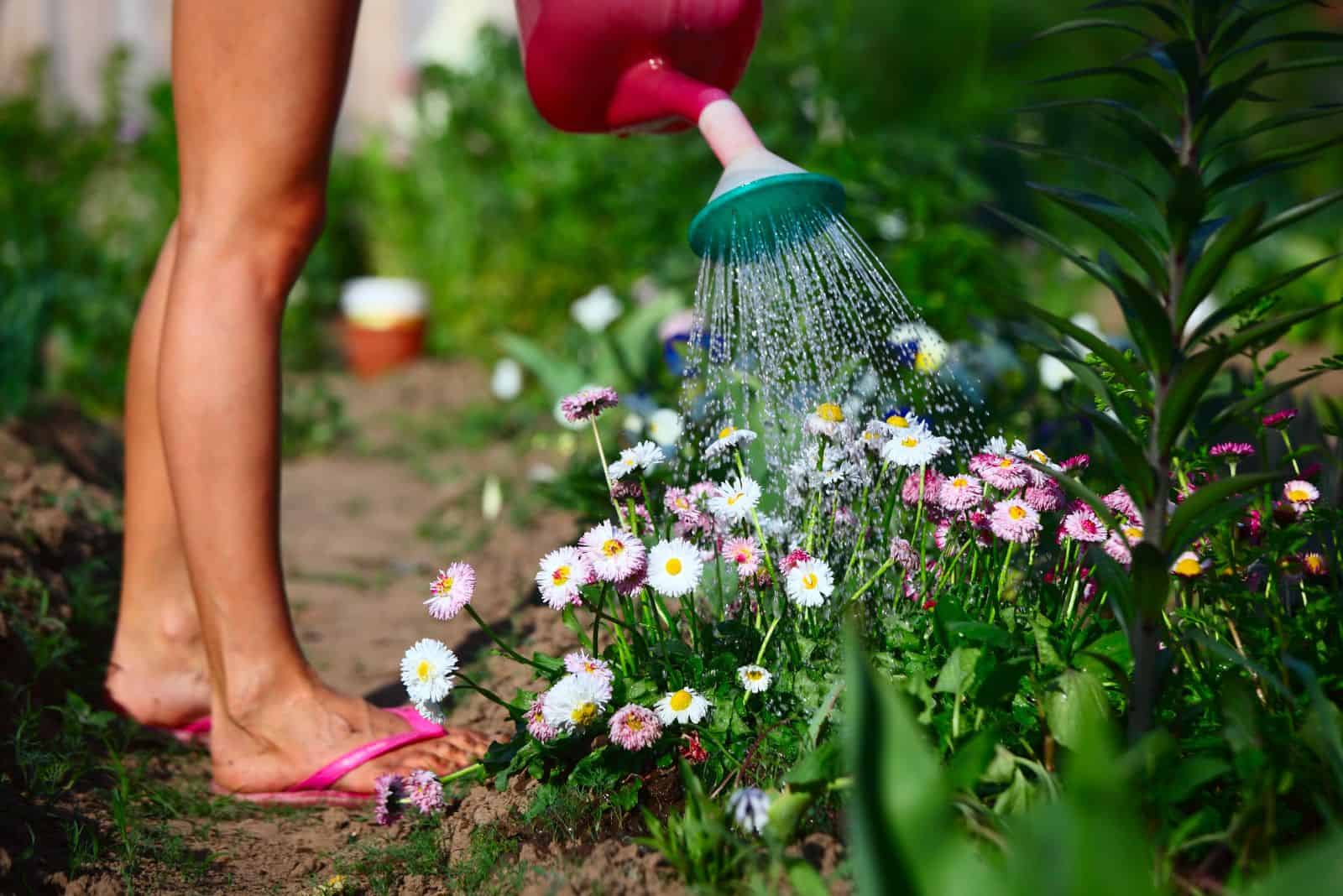If you want to add a special touch of beauty to your garden and transform it into a sanctuary for pollinators, I have a great way to go.
I’ll show you how to plant wildflower seeds in great detail, from selecting the species to the best planting techniques and care.
Let’s open the gateway to a wild wonderland!
What Are Wildflowers?
As the name suggests, these are plant species that grow in the wild without human intervention.
This category of plants encompasses species of annuals, biennials, and perennials.
They are renowned for their exquisite natural beauty, vivid colors, and capacity to flourish in a variety of environments, including meadows, prairies, woodlands, and even by the sides of roadways.
By providing nectar and pollen, they play a crucial part in sustaining pollinators like bees, butterflies, and hummingbirds. Wildflowers also increase biodiversity, stop soil erosion, and provide food for wildlife, all of which helps to stabilize ecosystems.
Some wildflower cultivars available on the market generate large blossoms with a lot of petals, but they are not as efficient as true species.
To create a real wildflower garden, aim for seed mixes labeled as true type.
Selecting The Wildflower Mix
The perfect wildflower mix for your garden depends on several factors, including your climate, soil type, and personal preference.
The first thing you need to check before buying seed mixes is if they’re suitable for your climate. For instance, if you live in a cold or humid region, selecting desert species isn’t recommended.
Another thing that can help you choose the perfect seed mix is contacting local nurseries or agricultural extension offices.
Before you sow wildflower seeds, it would be great to plant some native ornamental grass types. These plants won’t add any aesthetic value in terms of vibrant blossoms, but they’ll add a texture that your garden really needs at this point.
The Best Time To Plant Wildflower Seeds
Generally speaking, the best time for planting these seeds in many regions is the spring. The reason is simple: soil temperatures rise and days become longer, giving the seeds a higher chance of germination.
Seeds can germinate if planted later in the season, but they’ll face a few difficulties. For instance, warm temperatures during summer can dry out the seeds and prevent them from germinating, or strong winds can blow them away.
To avoid these issues, choose spring planting. The seeds will have enough time to germinate and develop healthily before the first frost.
Prepare Your Garden
Wildflowers don’t have issues with reseeding in their natural environment. This is not the case with gardens so you’ll need to help your wildflowers to adapt.
This includes choosing the perfect spot with suitable sun exposure, cleaning, and amending the soil.
Let’s take a closer look.
1. Choose A Sunny Spot
You’ll need to purchase the seeds and do some tilling, but don’t start anything before you select the perfect location.
Most of these species require insect pollination. Since these insects need ultraviolet light to see (1), it’s crucial to provide the wildflower plants with full sun or partial shade.
Inspect your garden and observe which part receives at least 8 hours of direct sunlight daily.
The fact is that some wildflowers will grow even if the plot isn’t ‘clean’. This means you don’t have to detach the plot or remove some plant species for wildflower seeds to germinate.
2. Clean The Soil
However, plants compete for nutrients below the soil line, which can significantly affect growth. As a result, your garden won’t have as many blossoms as it would if there were no competing plants.
To avoid this issue, it’s best to clean everything, give the seeds plenty of space, and provide the nutrients they need to thrive.
3. Improve The Soil
Soil loses its original structure and nutrients over time. We often remove the top of the soil or use a lot of chemicals when starting a new garden.
Wildflowers thrive in nutrient-rich soil types, so it’s always good to boost the nutrient levels using some organic products.
For instance, applying compost to the soil before planting wildflowers is one of the best ways to improve the soil and increase its vitality.
If you decide on amending the soil, which I highly recommend, it’s best to do it in the fall.
How To Plant Wildflower Seeds
One of the best techniques for planting these seeds is broadcasting. This involves sowing or scattering the seeds by hand over a wide area without precise arrangement or individual seed planting.
This mimics the random seed dispersal that occurs in the natural environment of these plant species.
One essential thing to consider is the size of your planting area and the number of seeds you’ll need. When buying seed mixes for these plants, you can see approximately how many seeds you need per square foot on the label.
Why is this important? Well, if you don’t plant enough seeds, your landscape will look bald and it’ll also give a way for weeds to develop.
But be careful not to overseed either; overcrowding leads to stunted growth in all plant species.
How To Avoid Under And Overseeding
There are 3 techniques you can use to avoid seeding issues.
1. Seed separation: Once you take all the seeds from the packages, divide them into 3 equal portions. This will result in an equal mix of wildflower seeds and make it easier to apply them.
2. Sand mix: Add 8 parts sand to 1 part seed mix. This material is renowned for its porosity, so your soil will highly benefit from it and it’ll also help you disperse the seeds evenly.
How To Broadcast The Seeds
Finally we get to the fun part! There are some tools you can use to broadcast seeds, such as handheld seed spreaders or mechanical seed spreaders. These all work great, but why spend money if you can do it by hand?
The cheapest and most straightforward way to disperse seeds is by hand. From my experience, nothing works better than this method for smaller gardens.
All you need to do is to take a handful of seeds and carefully toss them over the selected plot.
Compress The Seeds
There’s one technique that can help you ensure the seeds come into contact with the soil – cold compression.
Don’t worry, you don’t need any extra tools; this is simply walking across the planted seeds. Many growers take off their shoes to avoid picking up the seeds and leaving marks.
This method isn’t really the best if you have a large planting area. A soil compactor can help you at this point.
Be careful not to cover the seeds with soil because it decreases the rate of germination. Remember that the seeds need adequate light levels to germinate.
Now irrigate your planting site thoroughly. I recommend using garden hoses for pressure washers with spray guns to avoid dislodging the seeds.
Once the soil is equally moist, stop irrigating to prevent water from pooling.
How To Care For Wildflowers
If you planted some annual species, you can expect the seeds to sprout in a few weeks. Perennial wildflower species typically take longer and won’t bloom until the second season.
Let’s see how to maintain your wildflowers!
Watering
Irrigation plays a crucial role in wildflower development in the first year. You’ll need to maintain soil moisture levels and never let the soil dry out.
There’s one hack regarding wildflower irrigation. You don’t need to water frequently or cut back on watering entirely if you decide on native species.
If you are a forgetful person or want to save water, these species are perfect for you.
Reseeding
Many wildflower species need to reproduce each year in order to substitute the parent plants.
There are two things you can do. First, you can cultivate species that are renowned for their high flower production.
Second, you should skip the deadheading part because that’s the only way to allow these plants to reseed.
Pest And Disease Management
One of the best things about wildflowers is that there are many species in a single seed mix, which makes diseases less of an issue.
Pests, on the other hand, can attack your wildflowers. Among the most frequent invaders are aphids, whiteflies, and mealybugs.
You need to be careful if pests invade your wildflowers and avoid using pesticides or any other chemical solutions. Remember, these products repel pollinators and may even kill them.
To avoid this scenario, the best you can do is to let the beneficial insects do their job.
Our journey on planting wildflowers ends here. I hope you enjoyed it!
Until next time.
References
1. Kilkenny, F. F., & Galloway, L. F. (2008). Reproductive success in varying light environments: direct and indirect effects of light on plants and pollinators. Oecologia

